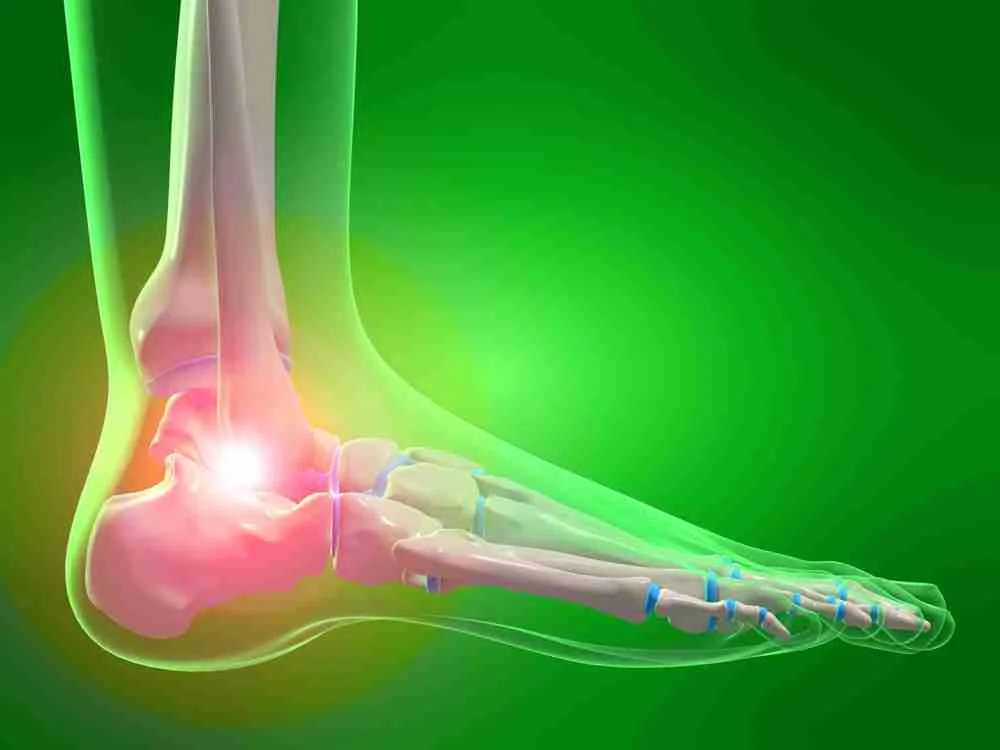Diabetes is a chronic disease that affects millions worldwide. One of the most serious complications of diabetes is diabetic foot ulcers, which can lead to severe infections and, in extreme cases, amputations. However, with proper care and preventive measures, the risk of ulcers and amputations can be significantly reduced.
Understanding Diabetic Foot Ulcers
Diabetic foot ulcers are open sores or wounds that develop on the feet due to poor circulation, neuropathy (nerve damage), and immune system deficiencies. These ulcers can become infected, leading to complications that may require medical intervention or even amputation.
The Link Between Diabetic Foot Ulcers and Amputations
When a foot ulcer is left untreated, the infection can spread to deeper tissues, bones, and bloodstreams, increasing the risk of gangrene. In severe cases, amputation is necessary to prevent the infection from spreading further and affecting other parts of the body. Approximately 85% of diabetes-related amputations are preceded by a foot ulcer, making prevention crucial.
Causes and Risk Factors
Neuropathy
Loss of sensation in the feet makes it difficult to detect injuries.
Poor Circulation
Reduced blood flow delays wound healing and increases the risk of infection.
Infection
A minor wound can become severely infected without proper care.
Improper Footwear
Shoes that do not fit well can cause blisters and sores, leading to ulcers.
High Blood Sugar Levels
Poor diabetes management slows down healing processes.
Preventive Measures
1. Regular Foot Inspections
Regular foot checkups help detect early signs of ulcers, cuts, or infections before they worsen.
2. Maintain Proper Blood Sugar Levels
Keeping blood sugar levels within the recommended range enhances healing and reduces the risk of ulcers.
3. Proper Foot Hygiene
- Wash feet daily with warm water and mild soap.
- Dry thoroughly, especially between the toes.
- Apply moisturizer to prevent dry, cracked skin.
4. Wear Proper Footwear
- Choose well-fitted, cushioned shoes.
- Avoid walking barefoot to prevent injuries.
- Use diabetic-friendly socks to reduce friction and enhance circulation.
5. Trim Nails Carefully
Improper nail trimming can lead to ingrown toenails, increasing the risk of infection.
6. Avoid Smoking
Smoking restricts blood flow, which can worsen circulation problems in diabetics.
7. Seek Immediate Medical Attention
If you notice any signs of infection, discoloration, or swelling, consult a diabetic wound care specialist immediately.
Prevention Tips for Diabetic Foot Ulcers and Amputation
- Control Blood Sugar Levels – Keep your diabetes well-managed to prevent complications.
- Check Feet Daily – Look for cuts, blisters, redness, or swelling.
- Wear Proper Shoes – Ensure your shoes fit properly and do not cause pressure points.
- Moisturize Your Feet – Keep skin soft and prevent cracks, but avoid applying lotion between toes.
- Exercise Regularly – Improves circulation, which aids healing and prevents ulcers.
- Manage Blood Pressure & Cholesterol – Reduces the risk of circulation issues.
- Keep Feet Dry and Clean – Reduces infection risk and prevents fungal growth.
- Schedule Regular Podiatry Visits – A specialist can detect early issues before they become serious.
Advanced Treatments to Prevent Amputation
Wound Debridement
Removing dead or infected tissue to promote healing.
Hyperbaric Oxygen Therapy (HBOT)
Increases oxygen supply to speed up healing.
Skin Grafts
Used in severe cases to close large ulcers.
Custom Orthotics
Help redistribute pressure on the feet, reducing ulcer risk.
Antibiotics and Medications
Used to treat infections before they escalate.
FAQs About Diabetic Foot Ulcers
1. How do I know if I have a diabetic foot ulcer?
You may notice redness, swelling, drainage, or an open sore on your foot. If you have numbness due to neuropathy, you may not feel pain, so regular foot inspections are essential.
2. How long does it take for a diabetic foot ulcer to heal?
Healing time varies depending on severity and proper treatment. Minor ulcers may heal within a few weeks, while severe ulcers can take months.
3. What happens if a diabetic foot ulcer is left untreated?
Untreated ulcers can lead to infections, gangrene, and ultimately amputation if the infection spreads to the bone or bloodstream.
4. Can diabetic foot ulcers be completely prevented?
While not all ulcers are preventable, proper foot care, good diabetes management, and regular check-ups can significantly reduce the risk.
5. When should I see a doctor for a foot ulcer?
If you notice any wound, blister, or sore that is not healing or is showing signs of infection (redness, swelling, pus), consult a doctor immediately.
FAQs About Amputations
1. Why do diabetic patients require amputations?
Amputations are usually required when a severe infection spreads to the bones or bloodstream, making it impossible to save the affected limb.
2. Can amputations be prevented?
Yes, most diabetes-related amputations can be prevented with proper foot care, early detection of ulcers, and timely medical treatment.
3. What are the warning signs that may lead to amputation?
Non-healing ulcers, severe infections, blackened skin (gangrene), extreme pain, or loss of sensation in the foot are major warning signs.
4. How does an amputation affect daily life?
Amputations impact mobility and may require physical therapy, prosthetics, or assistive devices to help patients maintain independence.
5. What is the recovery time after an amputation?
Recovery depends on the extent of the surgery, overall health, and rehabilitation efforts, typically ranging from a few weeks to several months.
Conclusion
Diabetic foot ulcers are a serious complication that can lead to amputations if not managed properly. By taking preventive measures, seeking medical care early, and managing blood sugar levels effectively, the risk of ulcers and amputations can be significantly reduced. If you or a loved one has diabetes, be proactive in foot care to maintain a healthy and active lifestyle.
Contact Your Reliable Health Partner
Garden State Foot & Ankle Group
Toms River Location: 664 Commons Way Building 1, Toms River, NJ 08755
Belleville Location: 1 Clara Maas Drive, Belleville, NJ 07109
📞 Phone Number:
📧 Email: gsfagroup@gmail.com
🌐 Website: gsfagroup.com
⏰ Working Hours:
Monday – Friday: 9:00 AM – 5:00 PM
Saturday & Sunday: Closed
Related Posts:

0 Comments